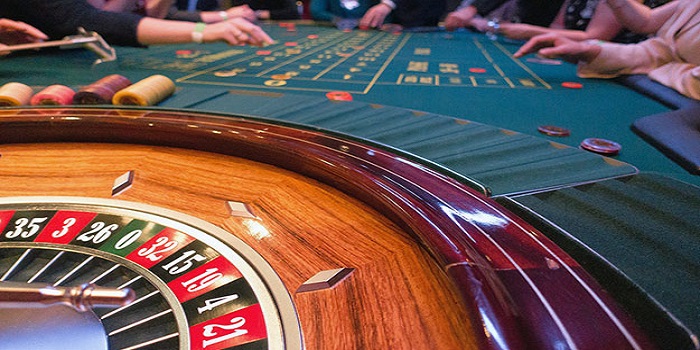All the recommendations in this article and in its accompanying strategy sheets are based on the assumption that the machines deal fairly, but rumors and hearsay abound in this area. One undisputed fact is that the Gaming Regulations of the State of Nevada, section 14.020, require fair deals. (Specifically, they require a machine that simulates a known manual gambling device like a deck of cards to have the same odds as one would expect from the manual device.) Most other jurisdictions, in the United States anyway, follow the lead of Nevada in this respect.
One author (Dan Paymar) reports that the machines can be jumpered to deal unfairly, presumably for use in those jurisdictions that do not have Nevada’s scruples. He reports he has observed machines that apparently cheat even in Nevada, specifically in the case of drawing one card to a four-card straight. He reports finding machines that are much more likely to return a card of the same rank as he discarded than mere chance alone would suggest. In other words, if he discarded a single four, he found he would draw another four about 50% of the time. This is wildly more than the true odds, which are 3 out of 47.
“That happens to me all the time,” I can hear you say. I know; it seems like it happens to me all the time, too. But when I actually measure it carefully, the results are always consistent with the true odds. I think the explanation is that when you play video poker, especially when you play fast, you enter a zone where you simply do not notice the normal events. Only the unusual things catch your attention. So when I measure it, I never write down a result either way unless I have picked up the pencil before I drew the card. Thus, I am not unconsciously biasing the results to the event I am more likely to notice–receiving a card of the same rank–rather than to the normal event that may escape my notice. I figure that if I had not noticed that I was drawing to a straight ahead of time and picked up the pencil, I may not have noticed the normal result afterward. But if you have measured it carefully, and still found a cheating machine, I would be interested, send me a note.
How exactly do the machines shuffle the deck? Many sources report that the machine is “shuffling continuously” (spinning a random number generator?) while you are dropping coins in it. When you press “deal” or when you drop the fifth coin (I hope it is the latter if you are playing by my first principle above), the entire deck’s shuffle is fixed. There is general agreement that the shuffle remains fixed no matter how much time you take to figure out your discard. This does not necessarily mean that you would have received the same cards regardless of your discard, however. The rumor is that some brands of machines have fixed a different “draw” card under each card in the hand. You get that card “underneath” when you discard, rather than picking your discard from the “top of the deck”. More about Asian2Bet
One author, “Keno Lil”, reports that in International Gaming Technology (IGT) machines a chip is used to “shuffle the cards” rather than the microprocessor. She reports that chip performs 1000 shuffles per second. This seems very slow; even a software-based random number spin would run tens to hundreds of times faster. Yet, she is adamant about the “once per millisecond” figure.


